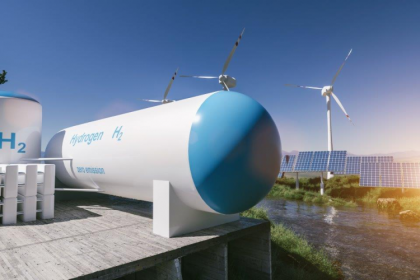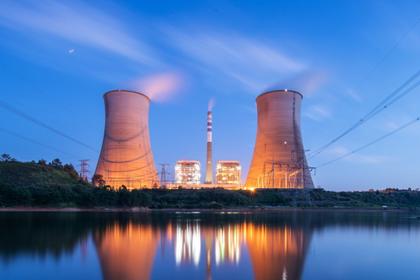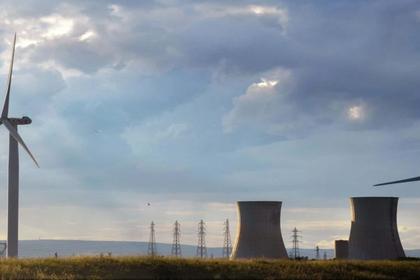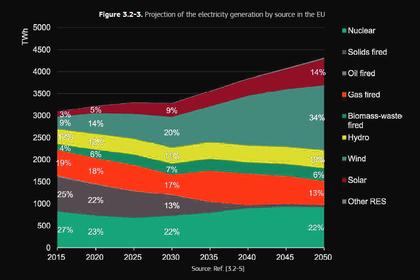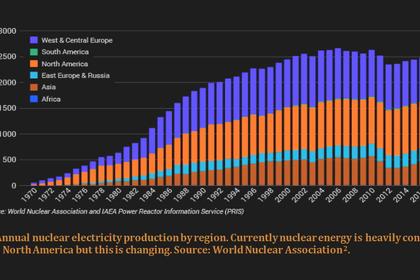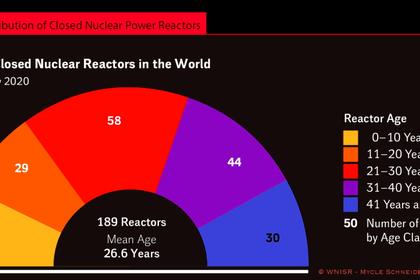
CARBON FREE ENERGY
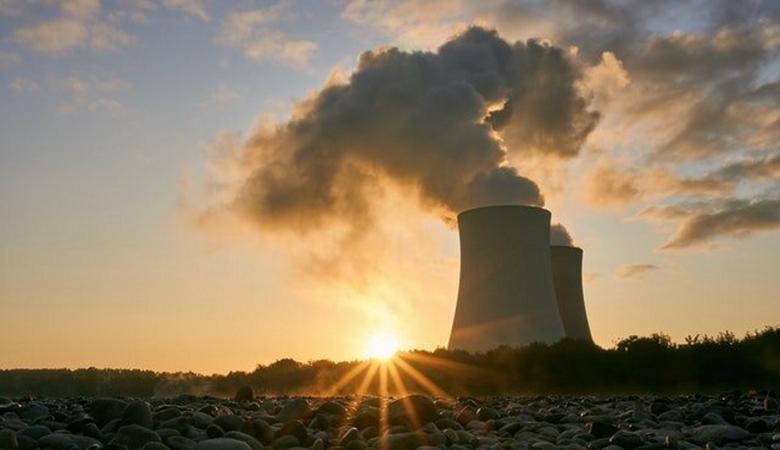
WNN - 21 May 2021 - Only nuclear energy and hydropower present the double advantage of being controllable and carbon-free, according to a report on hydrogen production published by the French Parliamentary Office for Scientific and Technological Assessment (OPECST). To produce low-carbon hydrogen on a global scale, 400 GW of nuclear capacity would be needed, it says.
Members of OPECST, appointed so as to ensure the proportional representation of political groups, belong both to the National Assembly and to the Senate. It is composed of 18 MPs and 18 senators.
"So that the hydrogen produced by electrolysis is low carbon, it is necessary to use electricity that is 'green' - from renewable energy - or 'yellow' - from nuclear power," OPECST said, but it would cost four times more to produce hydrogen from renewables than from a small modular reactor.
"The investments being high, electrolysers must be made profitable by lengthening the duration of their use (a minimum threshold of 5000 hours per year and an optimal threshold of up to 8000 h/year), which the intermittence of renewables does not allow (2000-4000 h/year). In this regard, only nuclear energy and hydroelectricity present the double advantage of being controllable and carbon-free," the report says.
The European Union's target to install 6 GW of electrolysers for the production of one million tonnes of hydrogen from renewables by 2024 and then 40 GW for 10 million tonnes by 2030, would require, respectively, at least 15,000 and 150,000 wind turbines, or solar PV panels covering an area of about 800,000 hectares and eight million hectares.
Worldwide, the supply of 70 million tonnes of hydrogen from renewables would require the commissioning of more than one million new wind turbines or 56 million hectares of photovoltaic panels. The alternative, low-carbon hydrogen from nuclear electricity would represent 400 GW of new nuclear reactors. This, however, is "a pipe dream", the report says, since several countries - including France - are reducing the share of nuclear in their energy mix. Some countries, including Germany, aim to import hydrogen from countries with greater renewable energy capacity, it adds.
To produce hydrogen through electrolysis, France would require "the equivalent of four nuclear power plants dedicated solely to the production of electricity", it says.
The report by the Office parlementaire d'évaluation des choix scientifiques et technologiques is here.
-----
Earlier:
